Archives
- 2025-12
- 2025-11
- 2025-10
- 2025-09
- 2025-03
- 2025-02
- 2025-01
- 2024-12
- 2024-11
- 2024-10
- 2024-09
- 2024-08
- 2024-07
- 2024-06
- 2024-05
- 2024-04
- 2024-03
- 2024-02
- 2024-01
- 2023-12
- 2023-11
- 2023-10
- 2023-09
- 2023-08
- 2023-07
- 2023-06
- 2023-05
- 2023-04
- 2023-03
- 2023-02
- 2023-01
- 2022-12
- 2022-11
- 2022-10
- 2022-09
- 2022-08
- 2022-07
- 2022-06
- 2022-05
- 2022-04
- 2022-03
- 2022-02
- 2022-01
- 2021-12
- 2021-11
- 2021-10
- 2021-09
- 2021-08
- 2021-07
- 2021-06
- 2021-05
- 2021-04
- 2021-03
- 2021-02
- 2021-01
- 2020-12
- 2020-11
- 2020-10
- 2020-09
- 2020-08
- 2020-07
- 2020-06
- 2020-05
- 2020-04
- 2020-03
- 2020-02
- 2020-01
- 2019-12
- 2019-11
- 2019-10
- 2019-09
- 2019-08
- 2019-07
- 2018-07
-
Acl converts cytosolic citrate CoA
2025-01-17
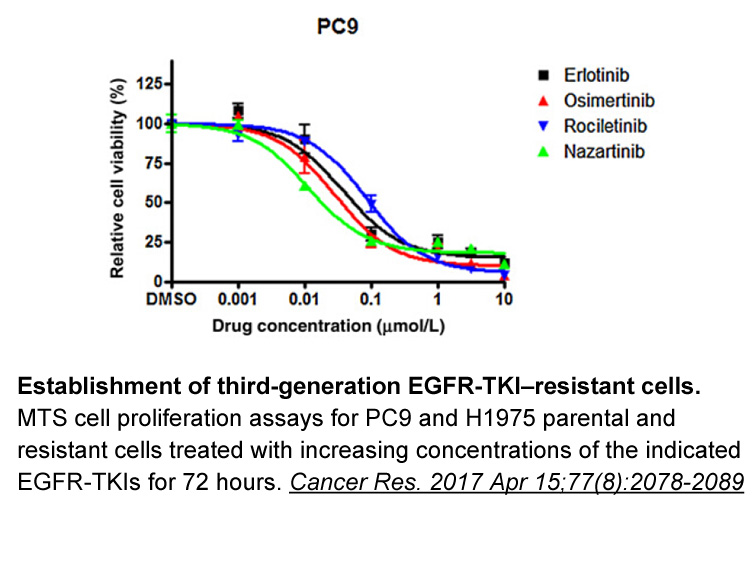
Acl converts cytosolic citrate, CoA and ATP into acetyl-CoA, ADP+Pi and oxaloacetate (Fig. 1). This cytosolic enzyme is present in few Prokaryotes and in all Eukaryotes, but not in non-oleaginous yeasts [14]. Thus, this enzyme was presumed to be essential for FA synthesis [1], [13], [15]. In most mi
-
Chromatin proteins play important roles
2025-01-17
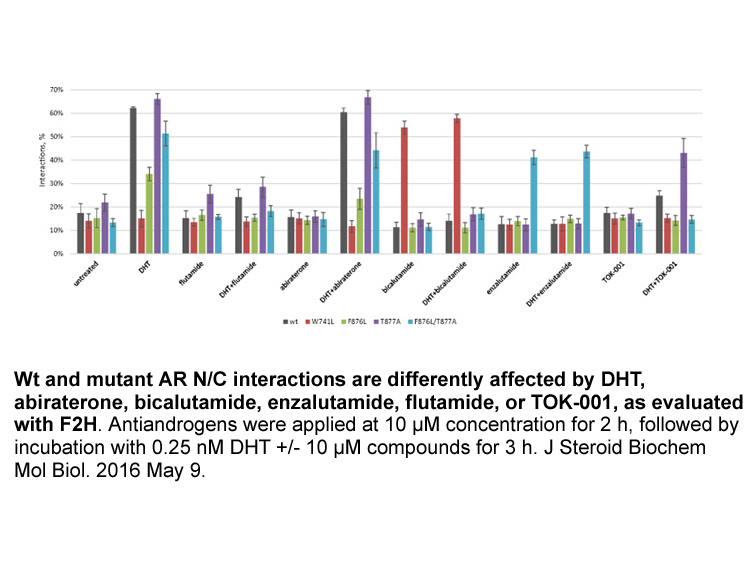
Chromatin proteins play important roles in gene expression and DNA repair. The importance of chromatin composition on gene expression is exemplified by X-inactivation, where one of the two X chromosomes in female mammalian Azaserine is transcriptionally silenced by heterochromatin , , , . In the AT
-
The approach of enzymatically converting an
2025-01-17
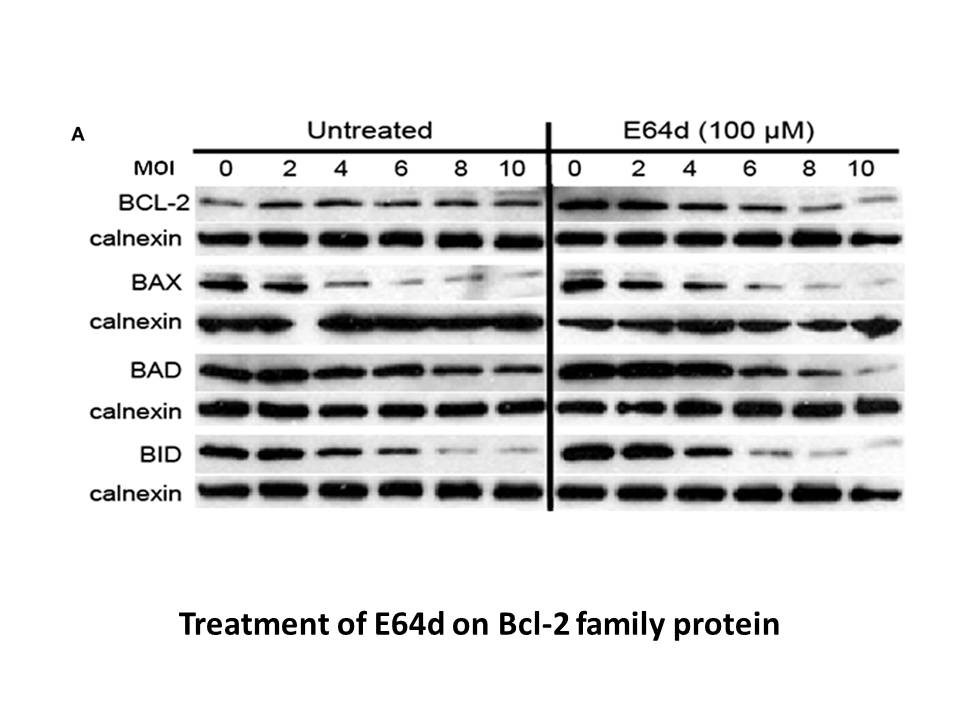
The approach of enzymatically converting an analyte and detecting it by the resulting small pH changes near the reduced graphene oxide (rGO) surface has successfully been pursued in case of urea (Piccinini et al., 2017). Furthermore, this work reported that electrostatic layer-by-layer (LbL) assembl
-
br Materials and methods br Acknowledgement This work was su
2025-01-16
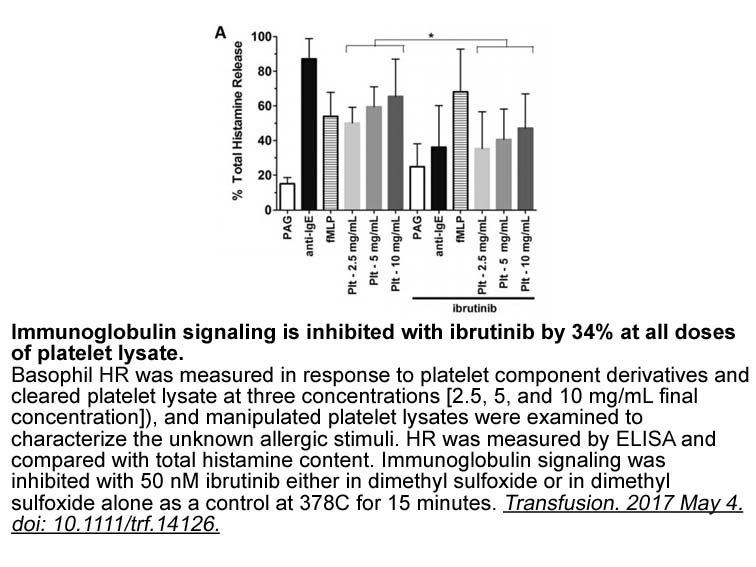
Materials and methods Acknowledgement This work was supported by the Beijing Natural Science Foundation (Grant no. 6151001), and the National Natural Science Foundation of China (Grant no. 31572516). Introduction Staphylococcus aureus is an important microorganism responsible for both clin
-
Since primitive societies plants herbs
2025-01-16
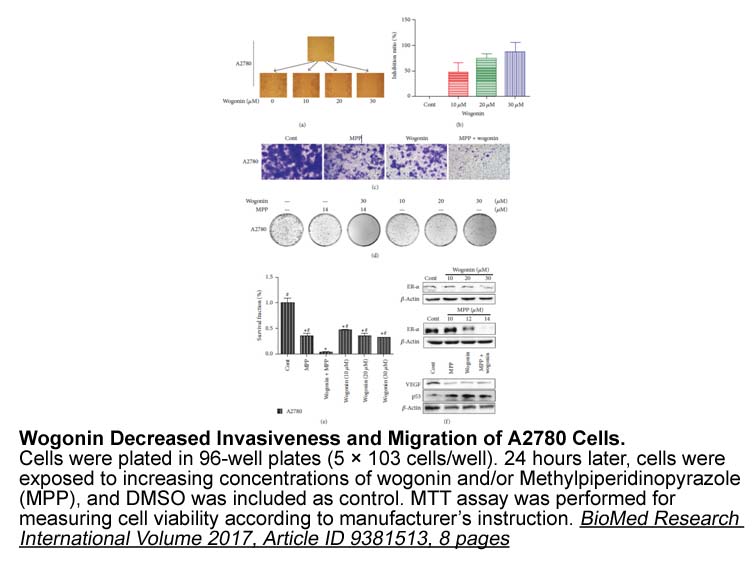
Since primitive societies, plants, herbs and seeds, rich in phytochemicals, were used due to their benefits in human health. These molecules were shown to present a diverse array of action mechanisms, including antioxidant activity, enzyme stimulation, hormones mimicking and by interfering with DNA
-
Therefore VEGF and its receptors are expressed
2025-01-16
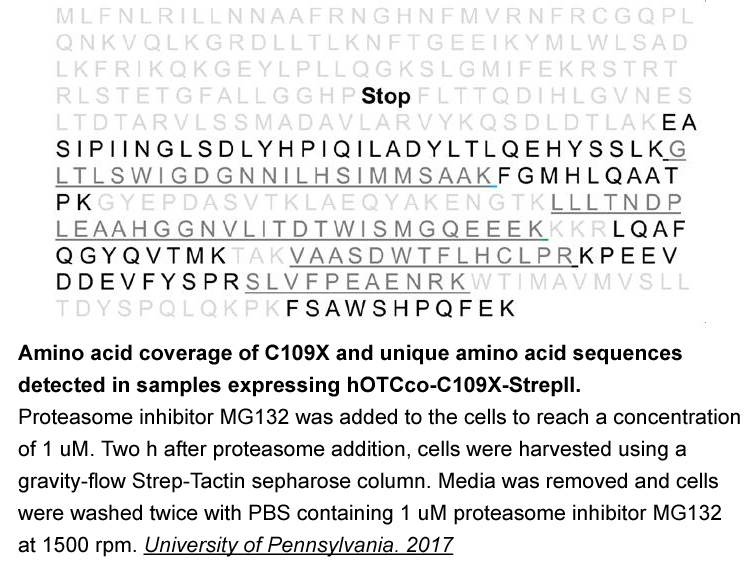
Therefore, VEGF and its receptors are expressed in different organs, including the kidneys, the liver and the FG2216 [55]. In the human placenta, VEGF is mainly synthesized by cytotrophoblast and Hofbauer cells early in the first trimester, whereas Flk-1 and Flt-1 receptors are expressed throughout
-
Earlier studies with SERMs identified that distinct chemical
2025-01-16
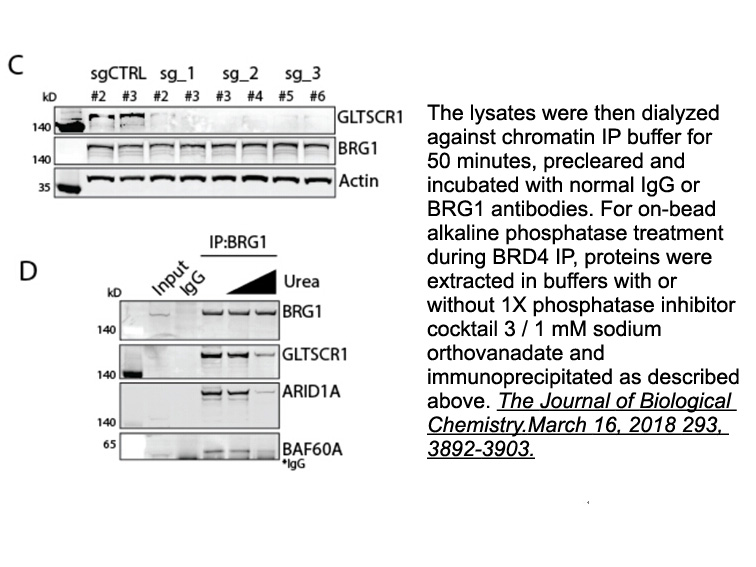
Earlier studies with SERMs identified that distinct chemical scaffolds have the ability to induce unique conformational changes in the ER, resulting in interaction with different cofactor subsets. The same has been demonstrated with SARMs, which induce distinct conformational changes compared to tes
-
We find that the interaction of NSF
2025-01-16
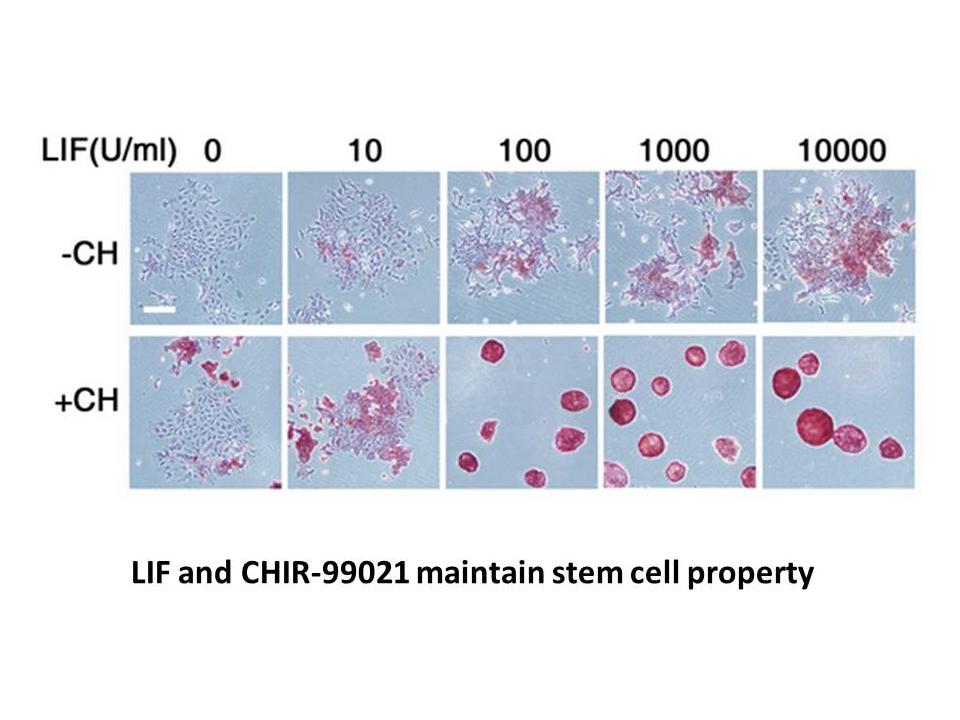
We find that the interaction of NSF and SNAP is critically involved in NMDAR-induced PICK1 unclustering. The binding of SNAP to NSF increases the ATPase activity of NSF, which is known to be essential for the unbinding of PICK1 from GluR2 (Hanley et al., 2002). Disruption of the association between
-
Growing evidence indicates that GRKs
2025-01-16

Growing evidence indicates that GRKs can exert different effects within the cell depending on the stimulus, cell type, and localization [97], [121]. In this sense, we were the first to demonstrate a mitochondrial localization for GRK2 [122], later confirmed by other investigators [123], establishing
-
The putative physiological meaning of epinephrine related
2025-01-16
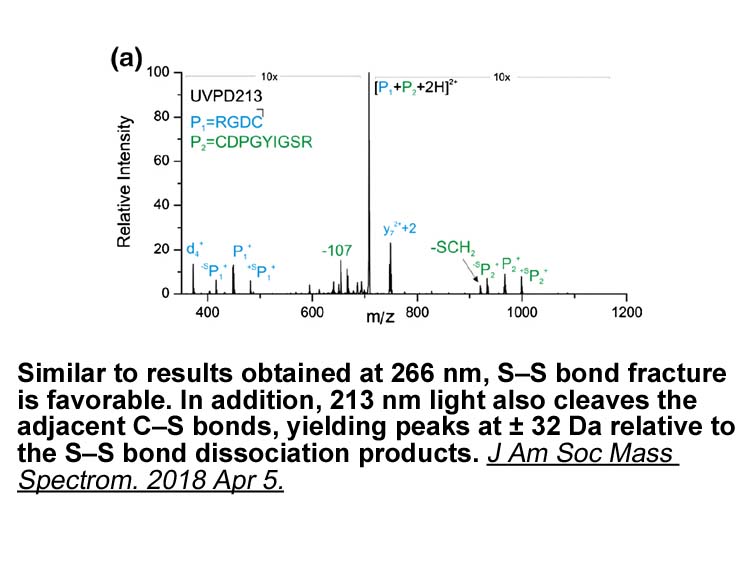
The putative physiological meaning of epinephrine-related hepatic drug transporter regulation remains to be established. It is nevertheless noteworthy that the catecholamine rather decreases expression of sinusoidal SLC transporters like NTCP, OAT2, OAT7, OCT1, OATP1B1 and OATP2B1 whereas those of c
-
NCH-51 HDAC inhibitor In brief serotonin can interact
2025-01-16
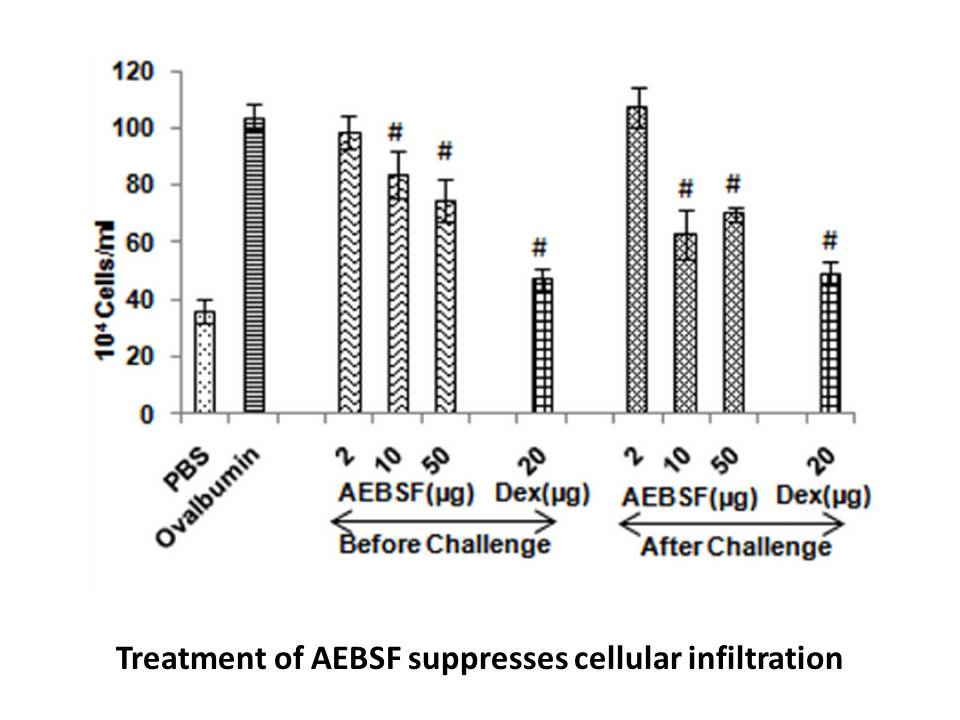
In brief, serotonin can interact with 7 classes of receptors are differentiated into 14 subtypes (Barnes and Sharp, 1999). Specifically, 5-HT1A and 5-HT2C receptors have been the most widely studied in the modulation of anxiety responses (Deakin et al., 1992; Millan, 2003). However, the studies that
-
ROCK Pathway Blocker Beside activation of adenosine receptor
2025-01-16
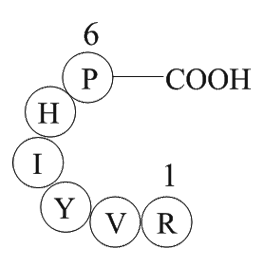
Beside activation of adenosine receptors (A2a.1, A2a.2, A2b) by FSK treatment, the expression of adenosine receptors was also upregulated, when embryos were exposed to inhibitors (SU5416 and DAPT) alone and also combined with FSK. Our data imply that adenosine receptor was associated with a positive
-
A more versatile cellular delivery system for adenosine was
2025-01-16

A more versatile cellular delivery system for adenosine was generated by engineering mouse embryonic stem cells to lack both SR 1555 hydrochloride sale of Adk (Fedele et al., 2004). Using a step-wise differentiation protocol (Okabe et al., 1996) Adk−/− ES cells were differentiated into transplantab
-
br Roles for GMF in
2025-01-16
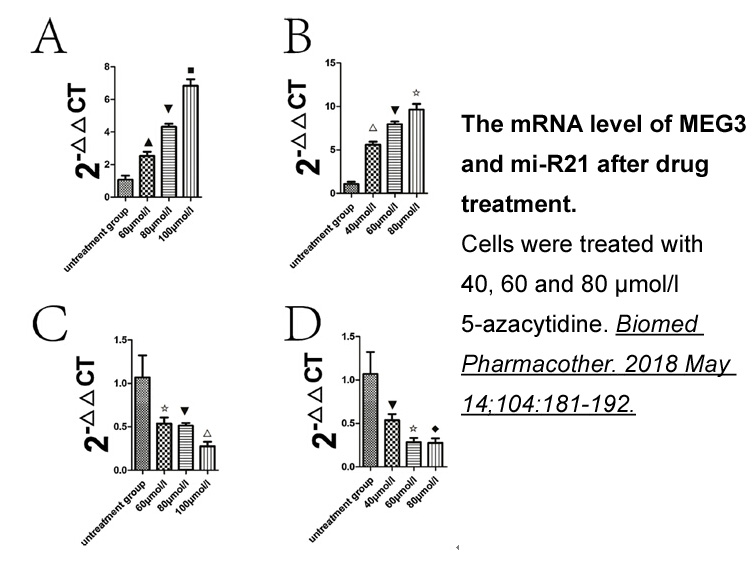
Roles for GMF in Endocytic Traffic In addition to its roles in cell migration, GMF regulates actin-dependent endocytosis in yeast and mammals 13, 14, 50, and promotes the turnover of focal adhesions in immune Oxipurinol 42, 51. Vinculin, a central component of focal adhesions that anchors cells
-
TEPA hydrochloride Despite these efforts to prevent
2025-01-16
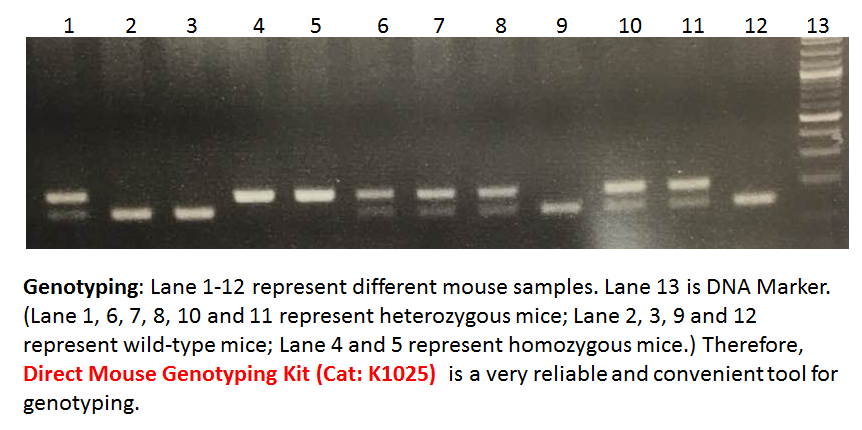
Despite these efforts to prevent oxidative metabolic degradation, and showed only marginal improvements in metabolic stability and still exhibited high plasma clearances as shown in . High molecular weight as well as relative high log values could be contributing factors to the poor PK profiles of
15090 records 28/1006 page Previous Next First page 上5页 2627282930 下5页 Last page